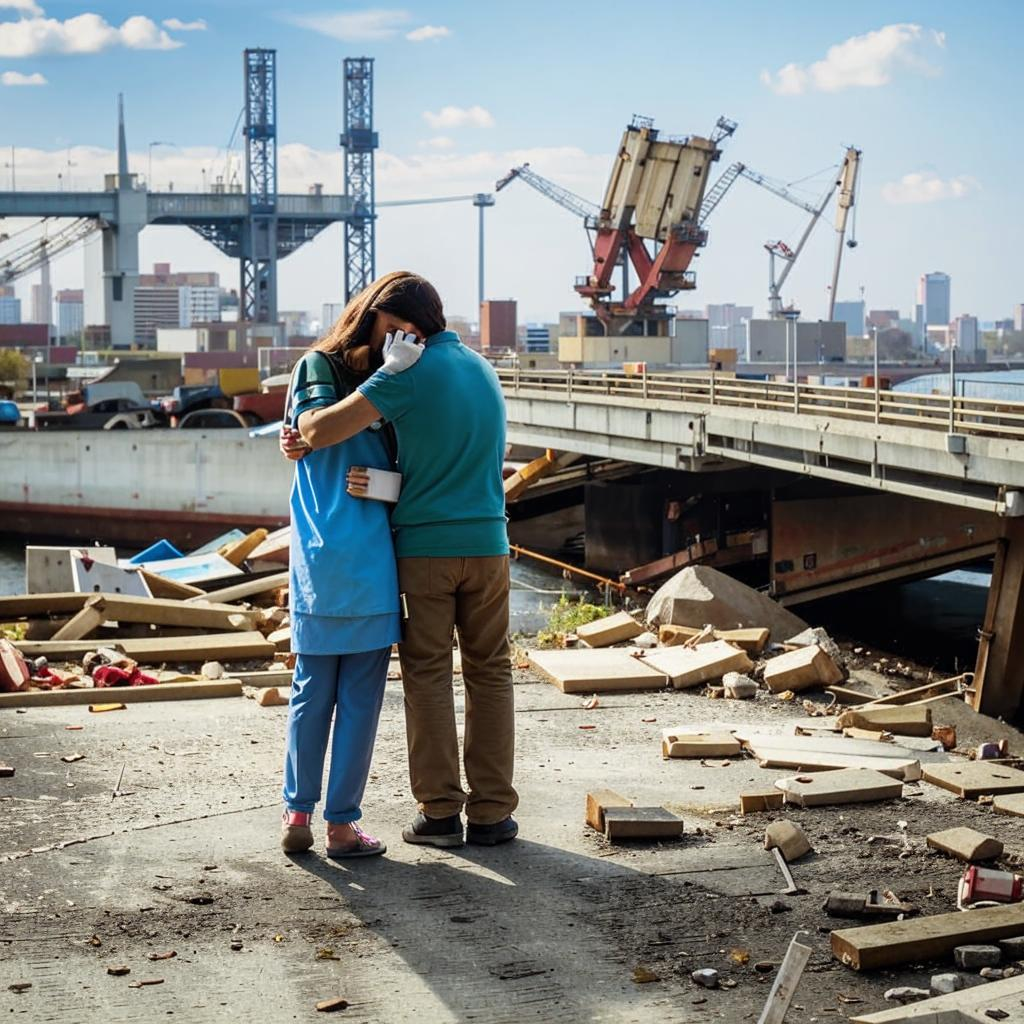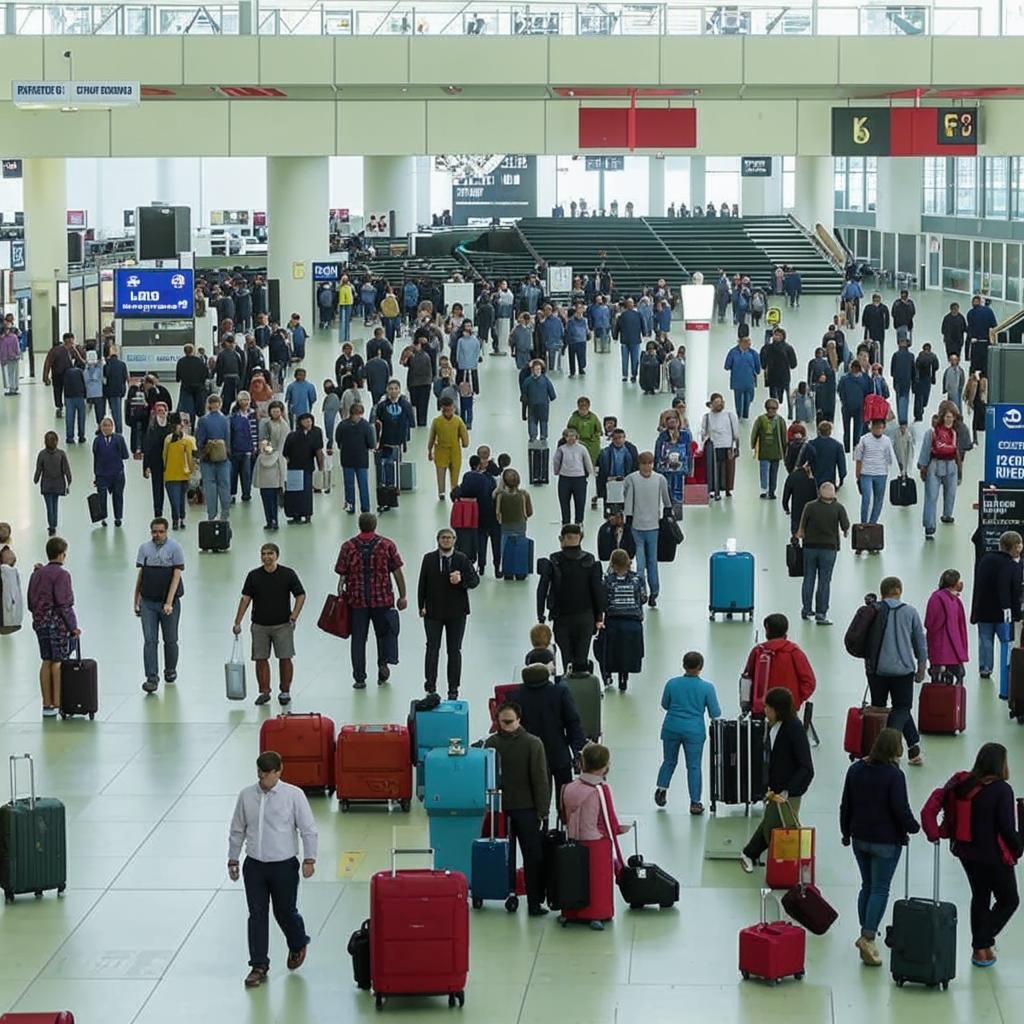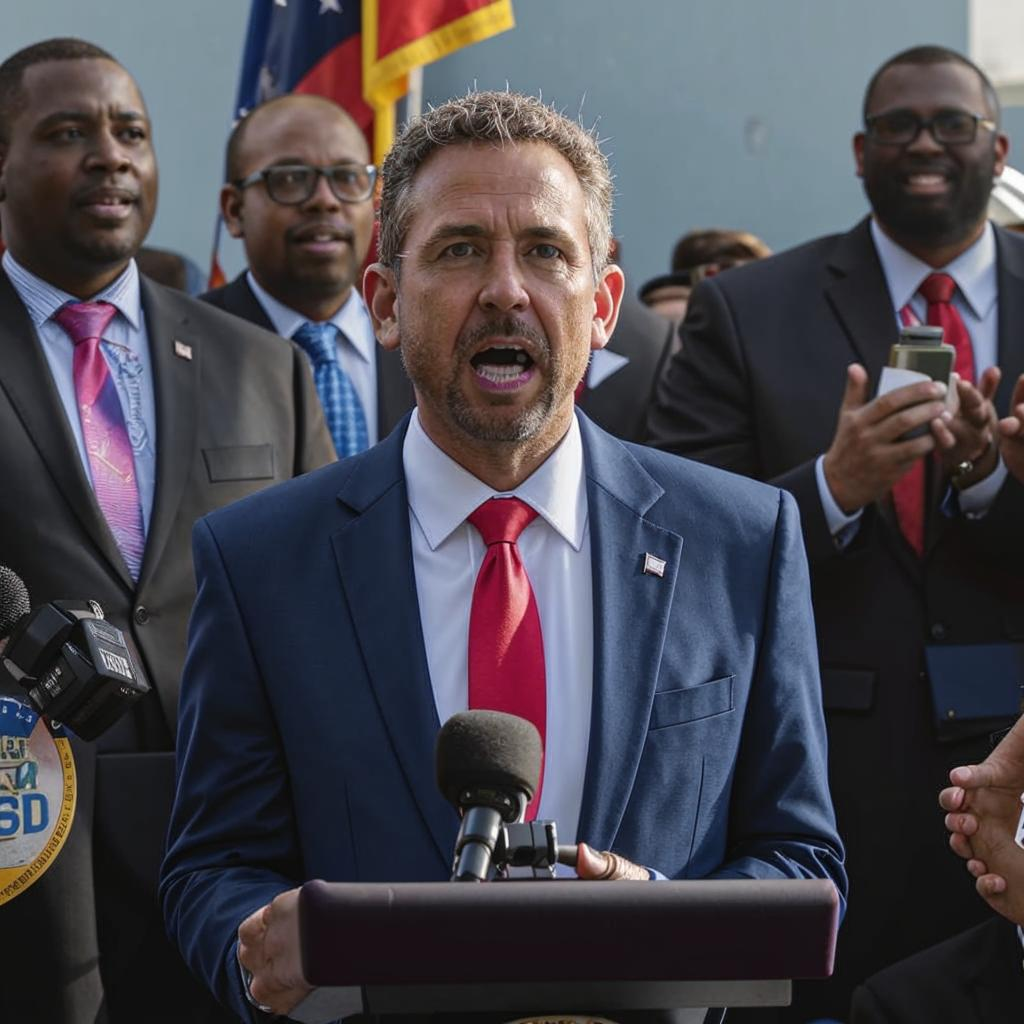A year after the Francis Scott Key Bridge collapse in Baltimore, the city and its port are still grappling with the aftermath. The tragic event, which occurred on March 26, 2024, claimed six lives and shut down a vital transportation artery. While debris removal and salvage operations have made progress, the complete rebuilding of the bridge and the full restoration of port operations remain a significant undertaking.
The collapse had a devastating impact on the local economy. The Port of Baltimore, a major hub for shipping and commerce, experienced significant disruptions. Thousands of longshoremen and other port-related workers faced job losses and economic hardship. The ripple effects extended to trucking companies, warehouses, and other businesses that rely on the port’s activity.
The families of the six construction workers who perished in the collapse continue to grieve. Their loss serves as a constant reminder of the human cost of this tragedy. Efforts to support these families and provide them with resources are ongoing.
Rebuilding the Key Bridge is a complex and expensive project. Authorities are working to expedite the process, but it will likely take several years to complete. The new bridge must be designed and constructed to meet modern safety standards and withstand potential future impacts. The financial burden of the rebuilding effort will be shared by the federal government, the state of Maryland, and potentially private entities.
The Baltimore bridge collapse serves as a stark reminder of the vulnerability of critical infrastructure. It also highlights the importance of investing in infrastructure maintenance and safety to prevent future tragedies. The road to recovery is long, but the people of Baltimore are resilient and determined to rebuild their city and its vital port. The focus remains on supporting the affected families, restoring economic activity, and ensuring the safety of future infrastructure projects.















